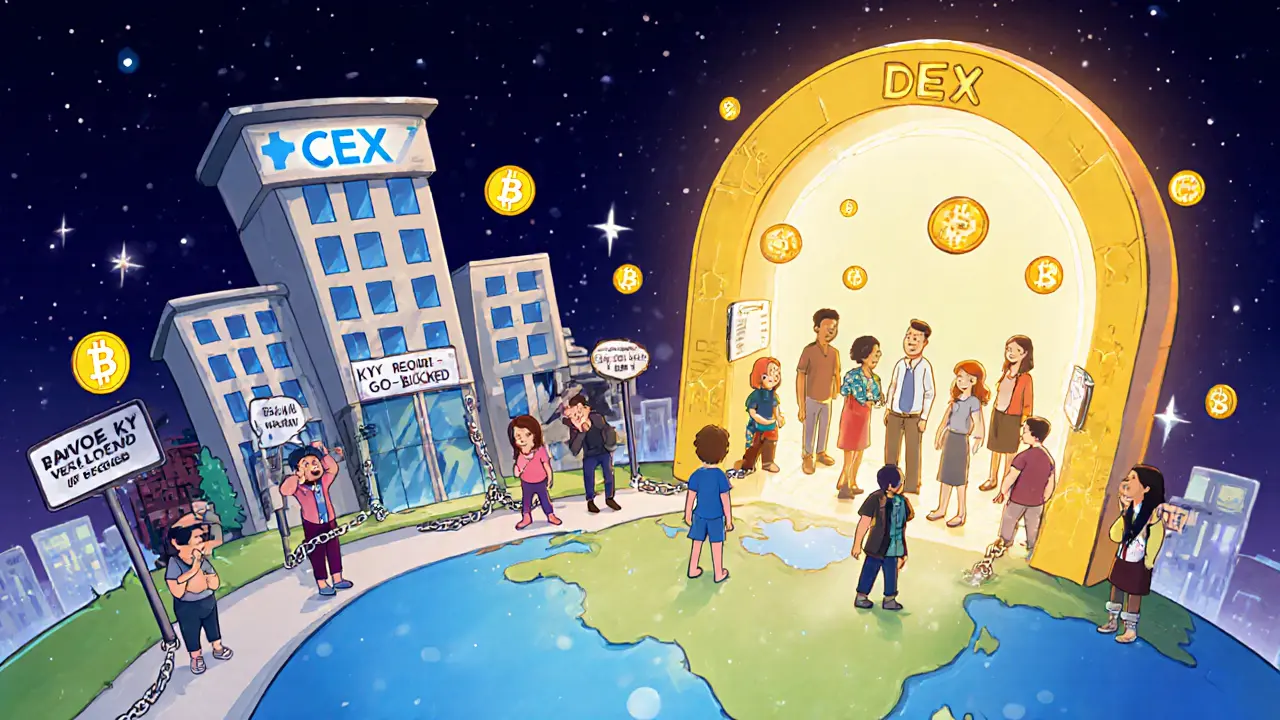Centralized Exchange: What It Is, Why It Matters, and Which Ones to Avoid
A centralized exchange, a platform where a company controls user funds and trades on your behalf. Also known as CEX, it’s the most common way people buy and sell crypto—think Binance, Coinbase, or Kraken. Unlike decentralized platforms where you hold your own keys, here the exchange holds your money, sets the rules, and can freeze your account or shut down without warning. This setup is convenient for beginners, but it’s also the reason so many people lost everything when exchanges like FTX collapsed or when regulators stepped in.
Centralized exchanges are tied to real-world laws. That’s why you see posts about AUSTRAC, Australia’s financial intelligence agency that forces crypto platforms to register and track users, or why BaFin, Germany’s financial watchdog, demands strict KYC and AML compliance from any exchange serving German users. If you’re a US citizen, your holdings on a foreign exchange like Binance might trigger FATCA reporting. If you’re in China or Thailand, using any centralized exchange could land you in legal trouble. These aren’t edge cases—they’re the norm. Every time a government cracks down, it’s because centralized exchanges are easy targets: they hold user data, process fiat, and answer to regulators.
Not all centralized exchanges are the same. Some, like CanBit or WOOFi, offer low fees and advanced tools for active traders. Others, like SparkSwap or DXBxChange, have faded into obscurity or turned out to be risky at best. And then there are the ones you should avoid entirely—Binance in India, Bybit in Thailand, or any platform that doesn’t comply with local laws. The posts below cover exactly this: which exchanges still work, which ones are banned, and which ones are outright scams. You’ll find real examples of exchanges that vanished overnight, regulators that shut them down, and users who lost funds because they trusted the wrong platform. This isn’t theory—it’s what’s happening right now, in 2025, across the US, Australia, Germany, and beyond. If you’re using a centralized exchange, you need to know the risks, the rules, and the red flags. Let’s get you the facts.



